What Is Four Thirds Camera
Best Micro Four Thirds cameras in 2022 from Olympus / OM System and Panasonic

When picking out the best Micro Four thirds cameras, y'all're dealing with ii names, Olympus and Panasonic. Fifty-fifty though Panasonic is busy with its total-frame L-mount, and Olympus has been preoccupied with a much-publicized sell-off, both brands nevertheless have their eyes on the prize when information technology comes to their Micro Four Thirds (MFT) offerings.
Indeed, 2022 is shaping up to be a banner year for MFT enthusiasts. The new Olympus OM-1 is inches away from release, and is set to exist Olympus'southward new flagship photographic camera. It's boasting 120fps shooting, 4K 60p ProRes Raw, software-driven 6EV neutral density filters and more, and it'll be going toe-to-toe with the pro sports mirrorless cameras from the likes of Nikon and Sony. Panasonic, meanwhile, has debuted its filmmaker-focused Lumix GH6 in 2022, which has made it into our guide beneath.
MFT cameras are small, and tin can make use of small lenses. This is a key advantage of the system – information technology walks the walk when information technology comes to portability, unlike larger-sensor mirrorless systems, which tin can feel very unbalanced with big lenses.
You'll come across the unlike strengths of the various cameras below, simply equally a rough guide, Olympus cameras tend to excel with stills photography features, while the Lumix G models are some of the best consumer video cameras around. That's a bit of a simplification, and there's a lot of crossover between them, simply it's a expert mindset to start with.
So permit's take a look at the best Micro Four Thirds cameras today. We've divide these into sections, with acme-end cameras first, enthusiast models next and budget/beginner cameras in our third section. The adept function is that every group has plenty of option, so whatever your level, there volition likely be a bang-up Micro Four Thirds camera for you.
Best Micro Four Thirds cameras in 2022
Meridian-end cameras for stills and video

It's a shut run thing between the E-M1 Marking III and the E-M1X, which we've also included on our list below. The Eastward-M1 Marking III has much of the power of the Due east-M1X but in a smaller, cheaper torso. The 20MP resolution might not sound much by current standards, only it'south the same as the Canon EOS-1D X Mark III, Catechism EOS R6 and Nikon D6, and fine for many professionals. The E-M1 III does take an awesome Pro Capture manner, probably the best in-trunk-stabilisation of any camera and a vari-angle screen.
In our review of the E-M1 Marker Iii, we gave it the highest score possible. It'southward a completely unique suggestion, boasting the aforementioned stabilisation, a potential resolution of 80MP with multi-shot manner, 60fps flare-up shooting, the chapters for hand-held astrophotography and more than. Many cameras tin do some of these things; no other camera does all of them.
Read more: Olympus OM-D East-M1 Mark Three review

The Panasonic Lumix GH series has long been a favourite among filmmakers. Even with full-frame cameras grabbing attention, these MFT models still manage to stand on their own by offering an unrivalled suite of shooting options for the filmmaker. The most recent, and best nonetheless, is the Panasonic Lumix GH6. Its video recording modes are besides multitudinous to list here, but new highlights include: internal Apple ProRes 422 and ProRes 422 HQ, and internal Cinema 4K 4:2:0 10-Bit at 120fps.
We recently tasked a professional person filmmaker with putting the Lumix GH6 through its paces for a total review from a video perspective. Their verdict? A boom hit, with superb resolution performance, physical handling, in-body stabilisation. The camera is simply a pleasance to employ. Granted, Sony's A7S Iii volition outstrip it in high-ISO dissonance management. It'll also price you double the amount. For its cost, the Lumix GH6 offers perhaps unbeatable value for filmmakers.
Read more: Panasonic Lumix GH6 review – a filmmaker'due south perspective
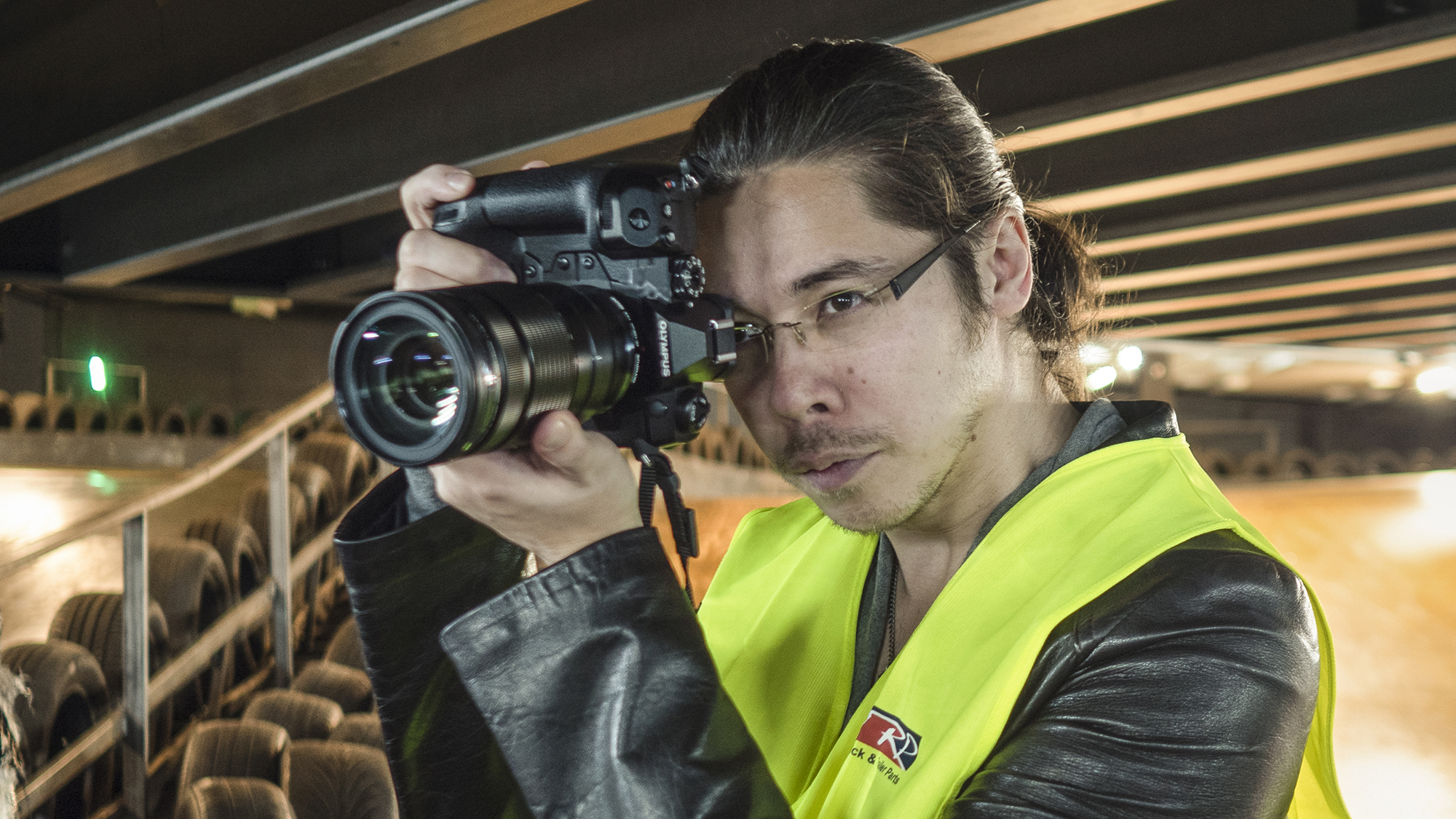
The E-M1X is a lot bigger than the Eastward-M1 Mark III, which seems to contradict the compact size argument of Micro 4 Thirds, simply it'due south built to residual better with Olympus's bigger lenses, such as the 300mm f/4 or 40-150mm f/2.eight. It's easy to criticise the size of the smaller MFT sensor, but when you lot add upward the price of pro lenses for a fully-kitted out sports and wildlife system, the Olympus organisation is a fraction of the toll of its full frame rivals.
Once more, this is a photographic camera that includes a whole box of tricks that get to show why the MFT system is a tempting proposition for any photographer. The OM-D E-M1 X busts out all the stops, as nosotros discovered when we reviewed the photographic camera. It's got that class-leading image stabilisation, that High Res Shot mode capable of capturing 80MP images, as well equally the pick to capture 50MP images while handheld. It'southward an astonishing piece of tech, and destroys the narrative that total-frame systems are the simply game in boondocks for serious professionals.
Read more: Olympus OM-D E-M1 X review
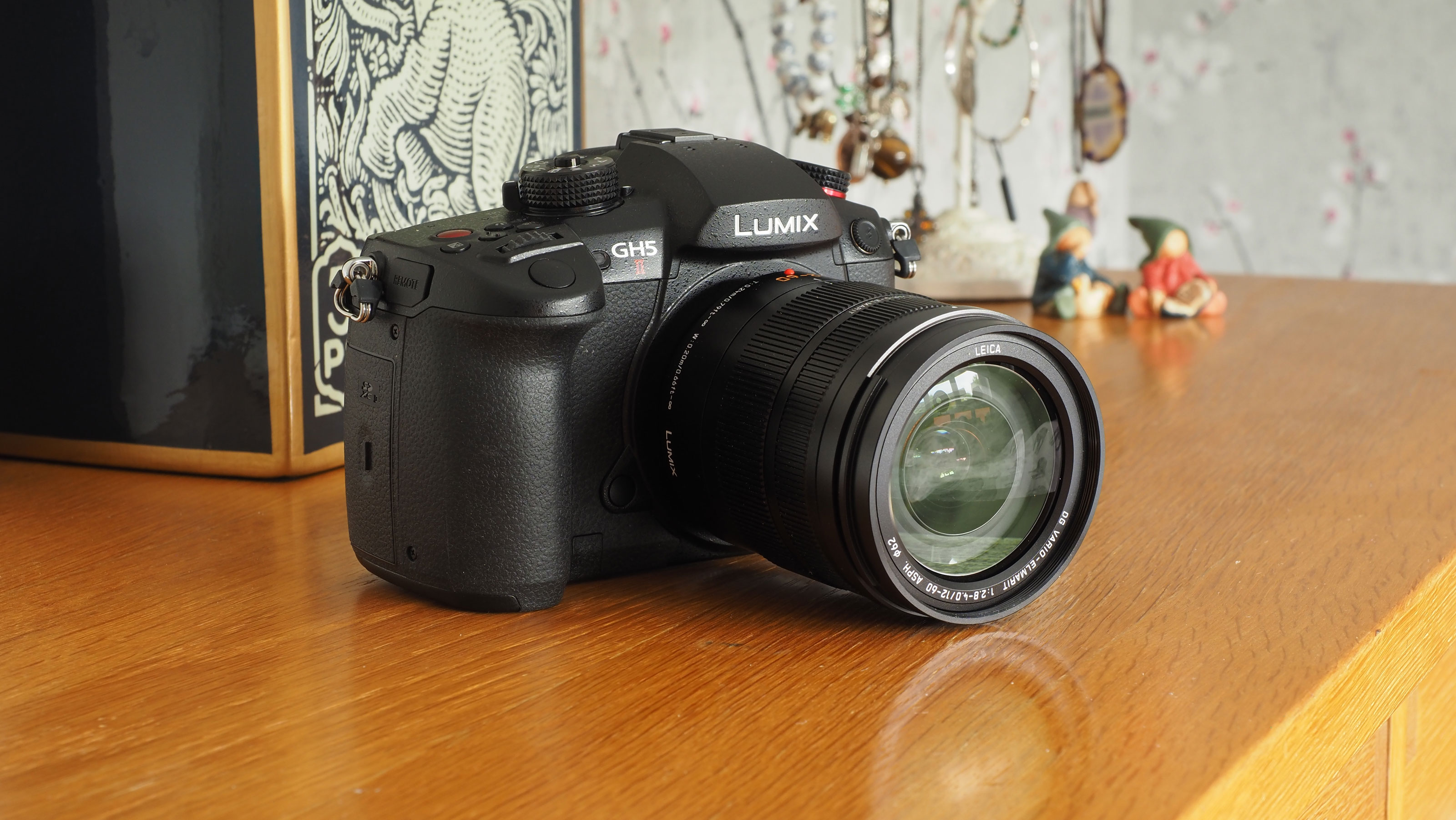
The Panasonic Lumix GH5 II is a new version of the GH5, a camera that was ahead of its fourth dimension when it was launched in 2017. Though it's since been supplanted by the GH6, it's still an excellent photographic camera in its own correct; you nevertheless go 20MP stills, 4K 60p video, and 4K 10-bit iv:two:2 video recorded internally, as well as a 6K Photo fashion for ultra-fast burst shooting. 4K video at upward to 60p is not unusual past today's standards, only this is still a very powerful, very rounded camera that is probable to appeal to serious filmmakers who can look past the headlines. We gave it a high class in our review: it may not have reinvented the wheel from the original GH5, just all the modest improvements and additions make a tangible divergence.
The GH5 is platonic for videographers who also need a skilful stills photographic camera. If stills are less important, an alternative might exist the Lumix GH5S might be better still, as information technology's even more than geared in favour of video.
Read more: Panasonic Lumix GH5 II review
MFT cameras for enthusiasts
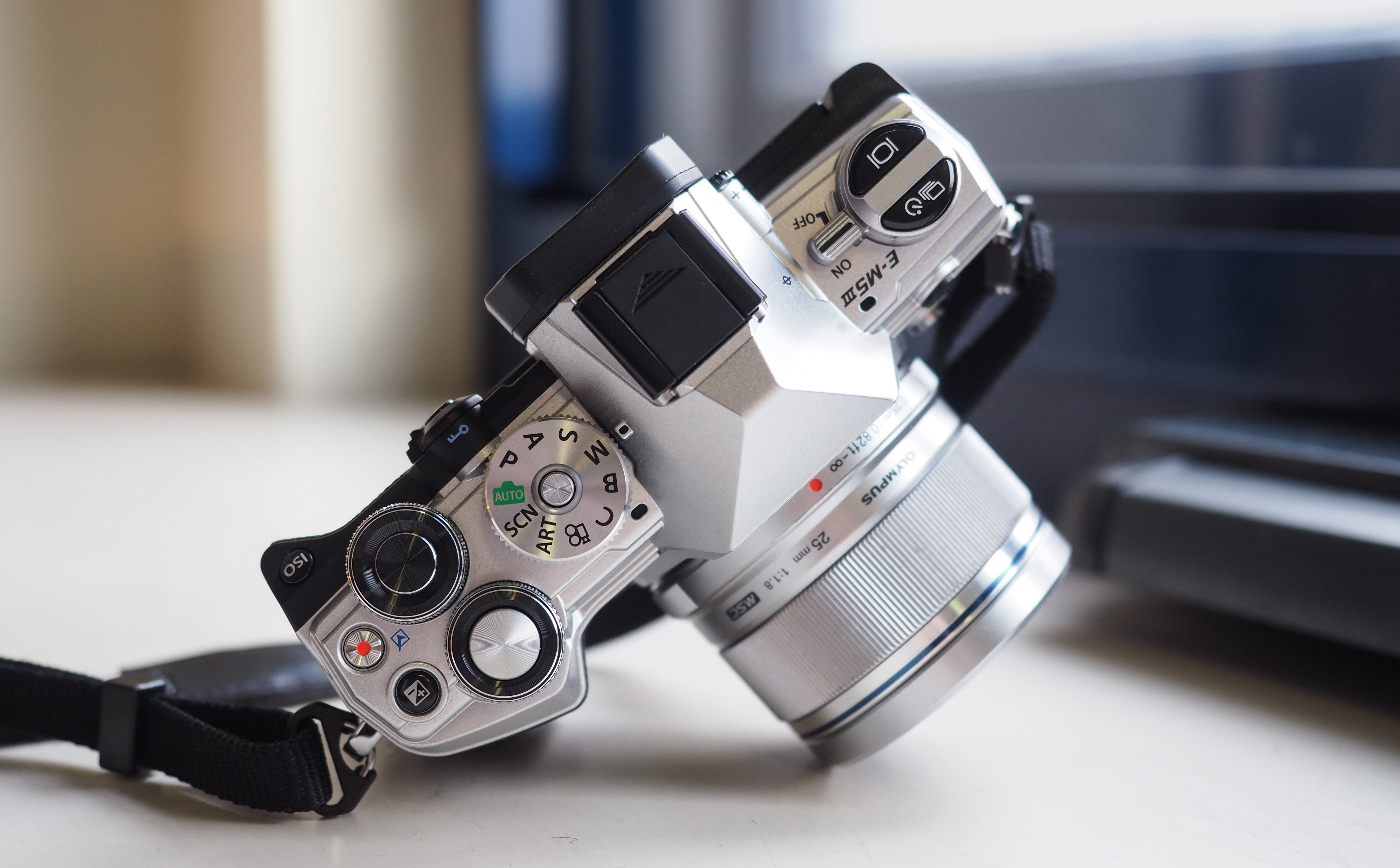
The Eastward-M5 sits between the pro-level E-M1 and the beginner-orientated E-M10 and for enthusiasts it offers the all-time of both worlds. The previous E-M5 Mark II was highly regarded amongst MFT fans for its small size and powerful features, and the Marking 3 takes it to the adjacent level with a 20MP sensor (previously 16MP), a vari-angle screen, a pretty amazing Pro Capture mode (and raw buffer chapters), a huge array of Art Filter effects, 4K video, weatherproofing and maybe the best in-body stabilisation on the market.
It was a long await for this camera, but when it arrived, information technology proved more than worth a little patience. Our total OM-D E-M5 Mark III review goes through all the clever features of this camera in item – we couldn't say plenty good things virtually it.
Read more: Olympus OM-D Eastward-M5 Mark Iii review

When the E-M1 Mark II was launched it was certainly a professional camera, just prices have fallen equally it has stayed on sale alongside the newer Marker III version, making it a very attractive proposition for enthusiasts. You get a 20MP sensor, vari-bending screen, 4K video, 60fps Pro Capture, Live Blended and Focus Stacking features, weatherproofing and – if you team information technology upwardly with the Olympus 12-100mm f/4 Pro lens which has its own stabilisation – possibly the well-nigh stable platform for handheld shooting or video anywhere.
When you expect back at out review of the camera from 2017 y'all tin run across how well-featured the Due east-M1 Mark II was – 60fps burst shooting is still more than competitive today, as is the photographic camera'south comprehensive stabilisation system.
Read more: Olympus OM-D East-M1 Mark Ii review
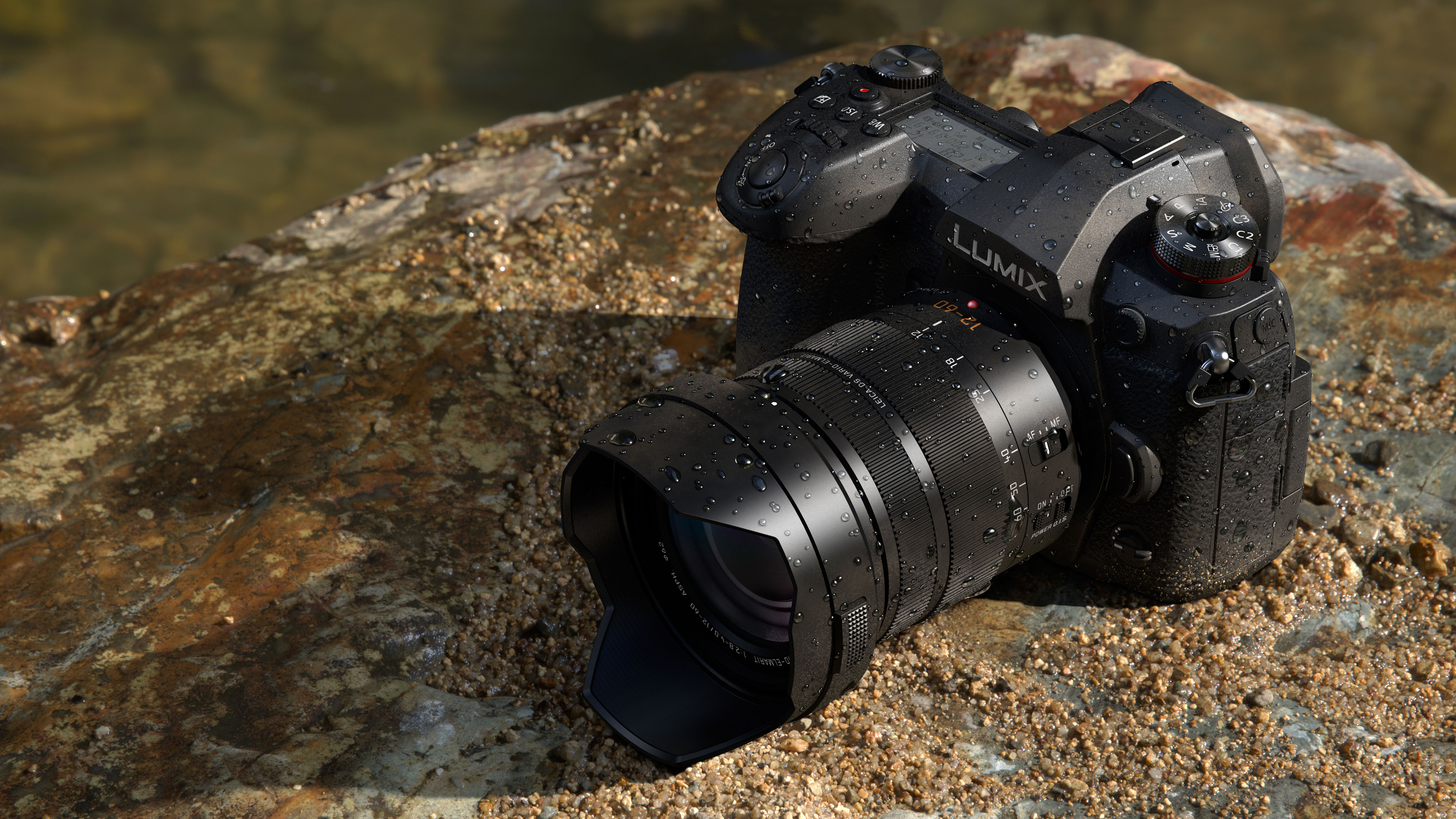
Where the Lumix GH6 and GH5 II are top choices if video is your speciality, the Lumix G9 is perfect for stills photographers showtime and videographers second. Information technology's a hefty DSLR style photographic camera that handles well with bigger lenses, and it's weatherproof too. There's an 80MP blended mode if the regular 20MP isn't enough, plus 4K video at up to 60p, 20fps continuous shooting, a 6K Photo style producing 18MP images from high-speed image capture, and a naught-black OLED viewfinder. As we noted in our review, you go a lot for your money with this camera, peculiarly now the price has dropped.
Read more than: Panasonic Lumix G9 review

We like what Panasonic has done with the Lumix G100, making a photographic camera designed for vloggers rather than just offering 4K video to a conventional camera design. We similar the vari-angle screen, built-in viewfinder, high-tech 3-mic array, the modest size and the optional remote tripod grip. When we reviewed the G100, we weren't so keen on the ingather gene when shooting 4K video (the viewing angle becomes narrower), and it'southward also worth noting that there'south no in-body stabilisation. But this is still a cute and affordable tool for content creators just starting out.
Read more: Panasonic Lumix G100 review
Entry-level MFT cameras
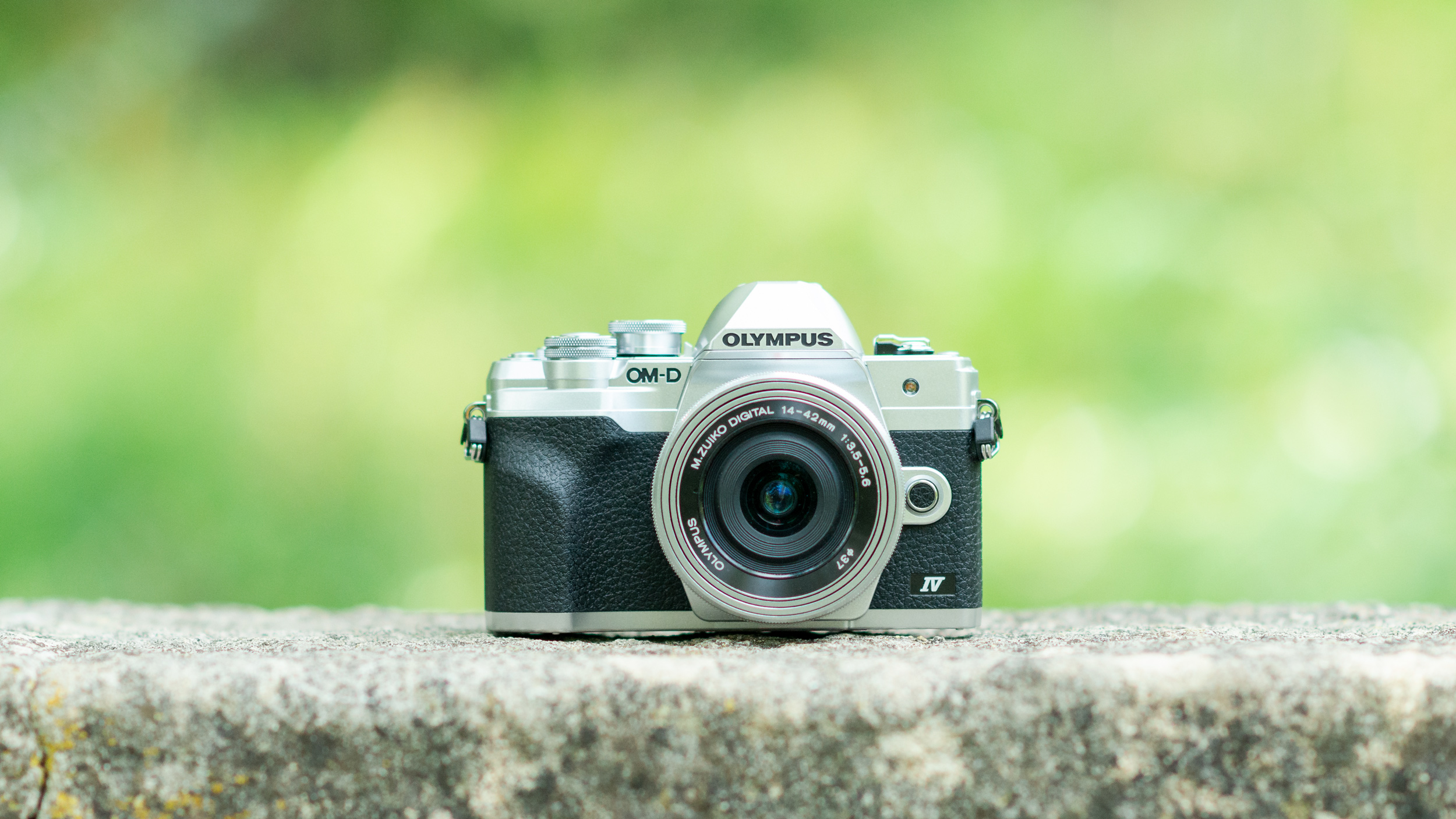
The E-M10 range is priced for beginners and amateurs, though these are actually quite powerful cameras with a good choice of features and dual control dials for more hands-on photographers. The Mark IV version brings some modest only important improvements over its predecessor, including a 20MP sensor and a 180-caste flip-down rear screen for selfies and vlogging. We establish these features made a existent difference in utilize, every bit did the improved C-AF precision. Serious enthusiasts should probably look at the E-M5 III instead, but corking novices will find this camera has plenty to keep them busy.
Read more: Olympus OM-D East-M10 Mark IV review

The older E-M10 Marker 3 remains on auction aslope the Mark IV version, for at present. It is cheaper, but non dramatically so, and while the tech is a trivial older the differences, again, are not large, making this quite a difficult choice. The Mark III does have Olympus'due south older 16MP sensor, which is a keen performer simply could exit many users feeling a little twitchy – the Marking IV's 20MP sensor has a more reassuring resolution for this day and age. Fifty-fifty at the fourth dimension we initially reviewed the photographic camera, we did feel that 16MP was a little behind the times. Otherwise, though, the older Marker Three model is a pretty adept deal correct at present.
Read more: Olympus OM-D E-M10 Mark 3 review
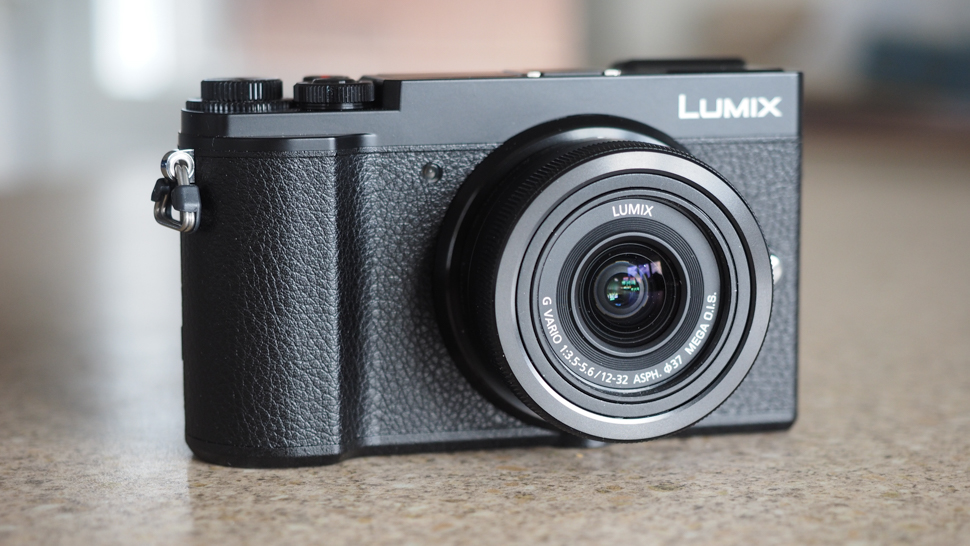
Panasonic has made Micro Four Thirds Lumix G cameras with larger DSLR way bodies and smaller rectangular 'rangefinder' style bodies similar this one. The GX9 is a nicely fabricated little photographic camera and pretty powerful too, and current prices don't actually reflect its quality. If you want to make to nearly of its small size, go it with the Panasonic 12-32mm retracting kit lens. Information technology'southward as well bachelor with Panasonic 12-60mm lenses, only both versions of these are quite big – perhaps a little too large for this photographic camera. As we noted in our review, handling isn't really this camera's strong betoken, and using it involves quite a fleck of carte-hunting. Still, its image quality is rock solid.
Read more: Panasonic Lumix GX9 review

The GX85 (GX80 in some territories), is a predecessor to the GX9 with an older, lower-resolution 16MP sensor just a like combination of small size and powerful features. Panasonic has clearly taken the decision to keep this camera on as a low-price entry level selection, and you certainly do become a lot of camera for your money, peculiarly with some twin-lens deals we've seen in the The states. If you're not put off by the 16MP resolution, this is a decent little camera that's being sold at some pretty tempting prices.
How we test cameras
When we test mirrorless cameras such as Micro Four Thirds models, we put them through their paces in both real-world shooting scenarios and carefully controlled lab conditions. The purpose of the lab tests is to get an exact picture of what the sensor tin can do – we measure resolution using ISO resolution charts, and as well use DxO Analyzer exam equipment to measure dynamic range and analyse racket. Our real-world testing, meanwhile, assesses how a camera handles in unlike shooting situations – how piece of cake and intuitive it is to use, and how it stands upward to the rigours of 24-hour interval-to-mean solar day shooting. Both of these testing methods inform our comments in buying guides.
Read more:
• Best Micro Four Thirds lenses
• Best Olympus cameras
• Best Panasonic cameras
• Blackmagic Design Pocket Movie theatre Camera 4K
• Best cameras for beginners
• All-time cameras for travel
• All-time mirrorless cameras
Related articles
Source: https://www.digitalcameraworld.com/buying-guides/best-micro-four-thirds-camera
Posted by: petersacal1959.blogspot.com

0 Response to "What Is Four Thirds Camera"
Post a Comment